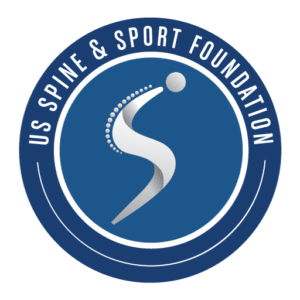John Mayer, DC, PhD and collaborators publish manuscript on low back pain and function in firefighters
John Mayer, DC, PhD and collaborators recently published a manuscript in the Journal of Functional Morphology and Kinesiology:
Mayer JM, Botros M. Grace E. Haddas R. Functional biomarkers associated with risk of low back pain in firefighters: a systematic review. Journal of Functional Morphology and Kinesiology. 2025;10(4):441. doi: 10.3390/jfmk10040441.
The full text manuscript is available at:
https://www.mdpi.com/2411-5142/10/4/441
Abstract
Background: Firefighters are at elevated risk for low back pain (LBP), yet predictors, mechanisms, and interventions for LBP in this occupation remain poorly defined. The purpose of this study was to systematically review the literature and synthesize the evidence on functional biomarkers associated with the risk of LBP in firefighters.
Methods: PubMed, EMBASE, CINAHL, and PEDro were searched for studies evaluating functional biomarkers in firefighters with or without LBP, including Aerobic Capacity, Anthropometric, Disability / Kinesiophobia, Functional Work Tasks / Capacity, Imaging / Structural / Morphological, Kinematics, Movement Quality / Range of Motion, Muscular Fitness, Overall Physical Fitness, Physical Activity. Empirical evidence statements were generated for each biomarker domain. Protocol Registration: PROSPERO (CRD420251010061).
Results: Eighteen studies (n = 32,977) met inclusion criteria that were predominantly cross-sectional (14/18) and fair quality (13/18), which suggests substantial risk of bias. Higher disability / kinesiophobia and poorer functional work task performance were linked to increased risk of LBP, although causal relationships cannot be determined. Associations for the eight other biomarkers were inconsistent. Two interventional studies demonstrated benefits from trunk-focused exercise.
Conclusions: The literature examining functional biomarkers and LBP in firefighters is fragmented, which precludes making robust and broad clinical recommendations for evidence-based implementation. Findings of future research may ultimately lead to approaches to improve the safety and health of firefighters with LBP through patient-centered and tailored programs addressing integrated functional biomarkers across the continuum of prevention, clinical care, and resilience development.
Keywords: low back pain; firefighters; occupational health; functional biomarkers; musculoskeletal injury; prevention; biomechanics; physical fitness
